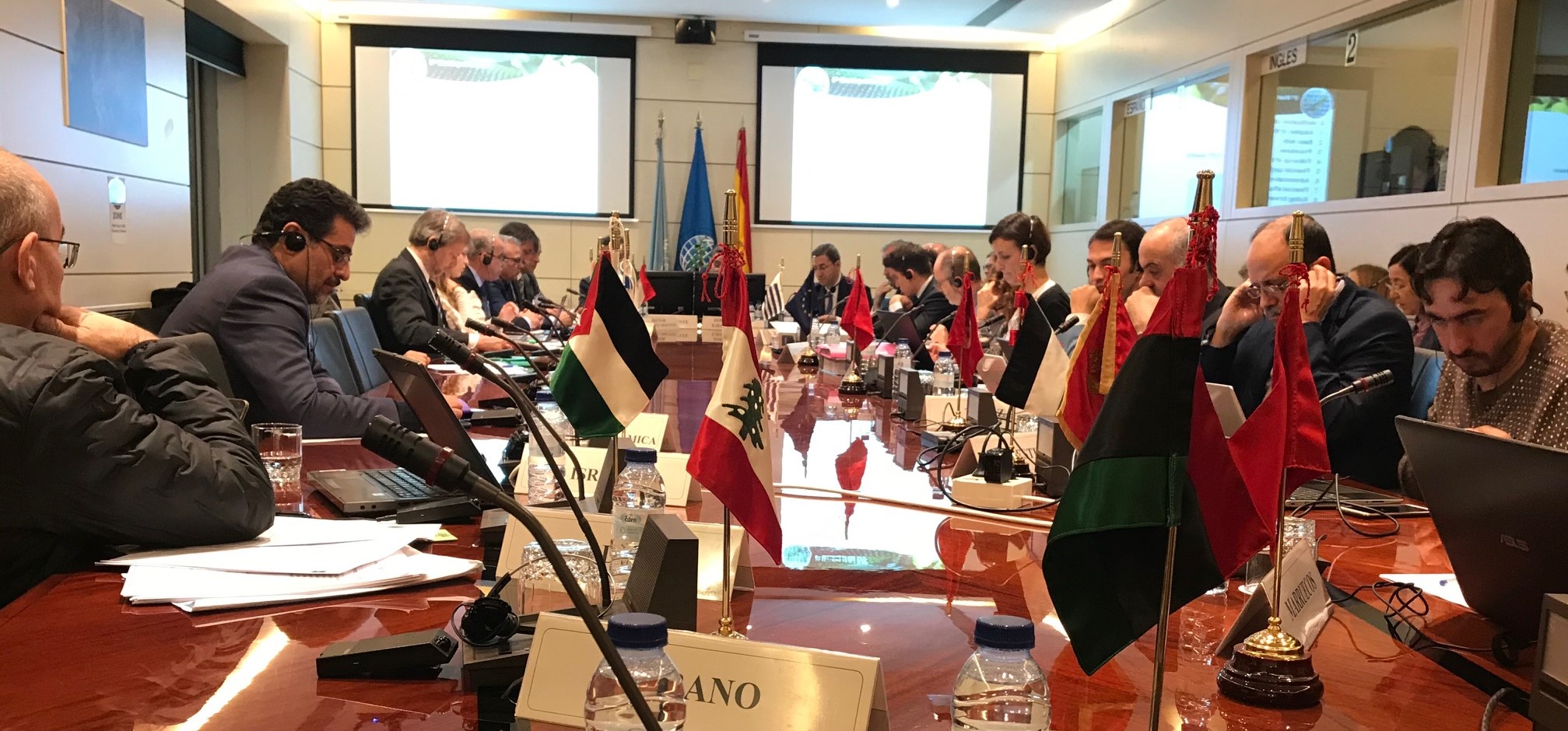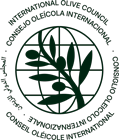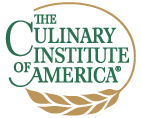

The website of the International Olive Council

Cette semaine sur le site de l’Olive Health Information System La newsletter de l’Université de Navarre et du COI consacrée à la santé Article 1 Une alimentation saine se caractérise généralement par une...

La Fundación del Olivar, avec le parrainage du Conseil oléicole international (COI), a organisé un séminaire international intitulé Arômes : diversité sensorielle de l’huile d’olive vierge extra, le 4 décembre...

Des experts internationaux analysent le potentiel de l’oléotourisme en tant que moteur du développement durable Un webinaire organisé par le COI abordera les aspects scientifiques, touristiques et économiques d’un...
Le COI et l’Université de Navarre, à travers l’OHIS (de l’anglais Olive Health Information System), une plateforme dédiée à la recherche sur les propriétés de l’huile d’olive et des olives de table sur la santé, publient chaque semaine ou toutes les deux semaines un recueil d’articles scientifiques et une synthèse des recherches menées dans ce domaine.
Ces articles mettent en lumière les nombreux bienfaits de ces produits pour la santé.
Vous pouvez lire les résumés de ces recherches ici en français, anglais et espagnol et accéder à la liste des articles, ou visiter le portail OHIS.
Pour toute assistance, veuillez contacter iooc@internationaloliveoil.org.


La cuisine contemporaine puise son inspiration dans le régime méditerranéen.
Apprenez-en plus sur cette collaboration entre le Culinary Institute of America et le Conseil oléicole international pour faire progresser des choix alimentaires sains, durables et délicieux, avec un accent particulier sur la formation technique et l’innovation des menus pour les chefs.